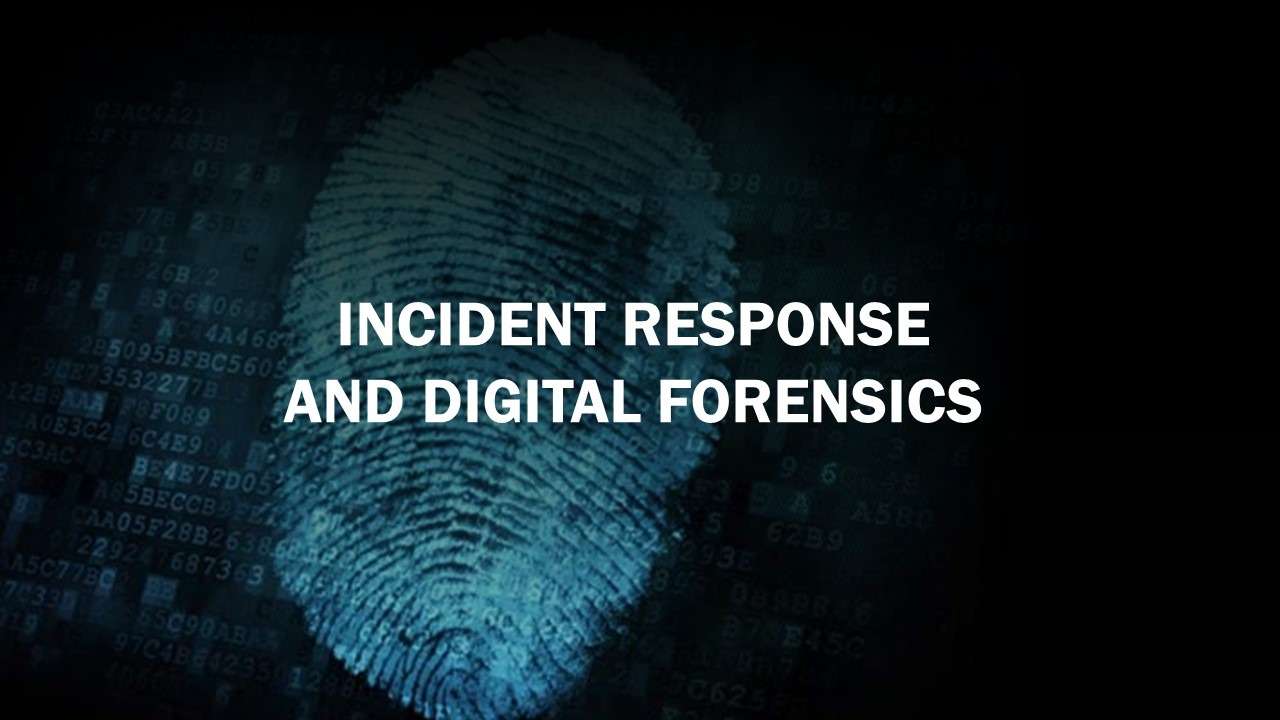Introduction: The New Cybersecurity Power Couple
Imagine your company gets hit by a ransomware attack. Your IT team scrambles to contain it, but the real question isn’t just how to stop it it’s why it happened, what the attackers took, and how to make sure they never get in again.
That’s where digital forensics comes in.
Once seen as a niche investigative tool, digital forensics has become a must-have for modern incident response. It’s no longer just about collecting evidence for court it’s about uncovering hidden threats, closing security gaps, and turning breaches into lessons.
In this deep dive, we’ll explore:
-
How digital forensics revolutionizes incident response
-
The key techniques security teams use to dissect cyberattacks
-
Practical steps to build a bulletproof DFIR (Digital Forensics & Incident Response) strategy
Why Digital Forensics and Incident Response Belong Together
From Two Separate Worlds to One Unified Force
A decade ago, incident response (IR) and digital forensics operated in silos. IR teams rushed to shut down attacks, while forensics experts stepped in later to gather evidence often after critical data was lost.
But today’s cyberattacks move too fast for that old-school approach.
-
Ransomware encrypts files in minutes.
-
Hackers cover their tracks automatically.
-
Fileless malware leaves no traces on disk.
If you wait to investigate until after the fire is out, you’ll miss the clues that could prevent the next attack.
The Game-Changing Benefits of Merging DFIR
By integrating forensics into incident response, security teams can:
✔ Stop attacks faster (while preserving evidence)
✔ Uncover hidden breaches (like dormant backdoors)
✔ Learn from attacks (not just recover from them)
✔ Meet compliance & legal demands (with court-ready evidence)
“The best incident responders think like detectives. They don’t just fix the problem they solve the case.”
The Forensic Toolkit: How Experts Dissect Cyberattacks
1. Evidence Collection: The Art of Digital Crime-Scene Preservation
When a breach happens, every second counts but so does every byte of evidence.
-
Memory Forensics: Since many attacks live only in RAM, capturing memory dumps can reveal malware that never touches the hard drive.
-
Disk Imaging: A bit-for-bit copy of affected systems ensures nothing gets overlooked.
-
Log Aggregation: Combining firewall logs, SIEM alerts, and endpoint data to reconstruct the attack.
Pro Tip: Chain of custody matters. If evidence isn’t properly documented, it’s useless in court.
2. Attack Reconstruction: The Cybersecurity “Murder Board”
Forensic analysts piece together the who, what, when, and how of an attack by:
-
Timeline Analysis: When did the breach start? How did it spread?
-
Malware Reverse-Engineering: What does the attacker’s code do?
-
Network Traffic Analysis: Where did data get sent?
Example: After a phishing attack, forensics might reveal:
-
The initial email that tricked an employee
-
The malware payload that installed a backdoor
-
The lateral movement inside the network
3. Cloud & Modern Infrastructure Challenges
With more companies moving to AWS, Azure, and SaaS, forensics has had to adapt:
-
Ephemeral Evidence: Cloud instances vanish quickly—automated snapshots are critical.
-
Shared Responsibility: Cloud providers secure the infrastructure, you secure your data.
-
Multi-Jurisdictional Issues: Evidence stored across regions complicates legal cases.
Building a Future-Proof DFIR Strategy
1. Assemble the Right Team (or Partner Up)
Not every company needs a full-time forensic team, but you do need:
-
Trained IR staff who understand forensic basics
-
External DFIR partners for complex cases
-
Legal advisors to handle evidence for lawsuits
2. Invest in the Right Tools
-
EDR (Endpoint Detection & Response): Like a security camera for every device.
-
SIEM (Security Information & Event Management): Correlates logs for faster detection.
-
SOAR (Security Orchestration & Automation): Automates repetitive tasks.
3. Practice Like You Play
-
Tabletop Exercises: Simulate breaches to test response plans.
-
Red Team vs. Blue Team Drills: Ethical hackers vs. defenders.
-
Post-Incident Reviews: Turn every attack into a lesson.
Conclusion: Turning Breaches Into Breakthroughs
Cyberattacks aren’t going away. But with digital forensics embedded into incident response, security teams can:
✅ Respond faster
✅ Understand deeper
✅ Prevent smarter
The goal isn’t just to survive the next attack it’s to emerge stronger.
Discover more from CyberAwareHub
Subscribe to get the latest posts sent to your email.

